Kopi Luwak – The Most Intriguing, Disturbing, Expensive Coffee in the World
I can’t think of any other coffee specialty that divides opinions as much as Kopi Luwak coffee from Indonesia, also known as cat poop coffee.
Some swear by its particularly smooth and mild taste, some just want to try it because of how expensive it is, while others condemn it because of negative headlines.
What is Kopi Luwak, and where does it come from?
Kopi Luwak is the name of one of the most expensive coffees in the world. Before it is processed, the coffee cherry must first be eaten, digested, and excreted by a weasel-like animal called an Asian Palm Civet. The digestion process ferments the coffee bean to give it unique qualities.
“Kopi” means “coffee” in Indonesian, and “Luwak” is the name for the palm civet (aka toddy cat, musang), a species most closely related to mongeese and weasels. The nocturnal animal is native to the whole of South and Southeast Asia.
The Indonesian variety that lives on the Indonesian islands of Sumatra, Java, and Sulawesi (all known for the high-quality coffee that comes from there) is best known. Kopi Luwak is now a registered brand name, and only Indonesian coffee from these islands may use it.
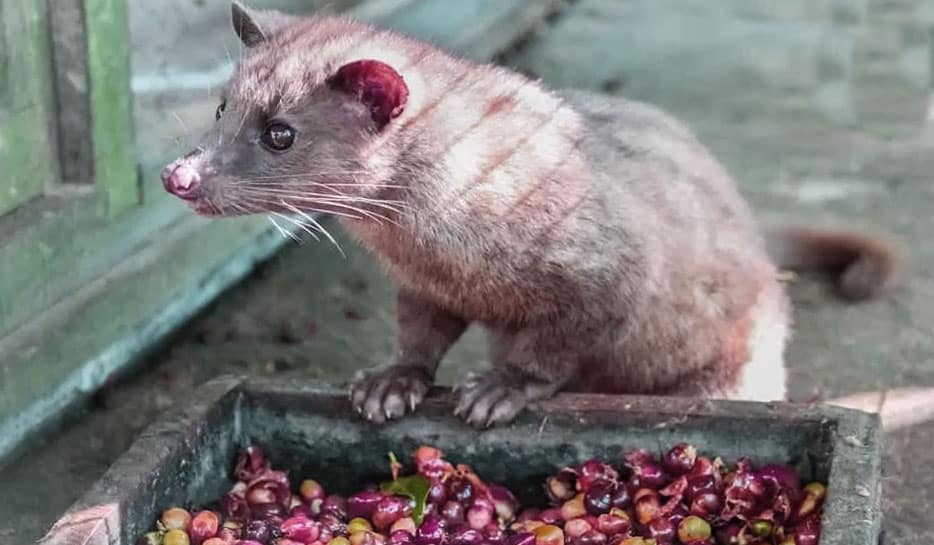
How Kopi Luwak beans are “made”
The origins of using coffee beans fermented by animal digestion date back to the 18th-century Dutch colonies.
In 1883, Alfred Brehm, a world-famous zoologist, observed local people picking up coffee beans digested by wild animals from the ground and making a drink from them. It was the only coffee the locals could keep for themselves, not collected by the plantation bosses for export to the colonial countries.
Here is how Kopi Luwak is harvested.
- Civet cats love to snack on ripe coffee cherries. They selectively eat only the ripest, sweetest cherries they come across.
- However, the animals can only digest the pulp of the cherry, not the coffee beans. During the digestive process, the moist environment and certain digestive enzymes trigger wet fermentation, which changes the taste of the coffee bean.
- Just as a cat has its litter box, the Luwak has a specific place to which it always returns to do its business.
- The coffee farmers collect the excretions.
- The civet cat poo containing the coffee beans is subject to extensive cleaning and drying.
- Only when the beans are spotless are they taken to special testing centers, where the quality is determined, and they are further processed or shipped.
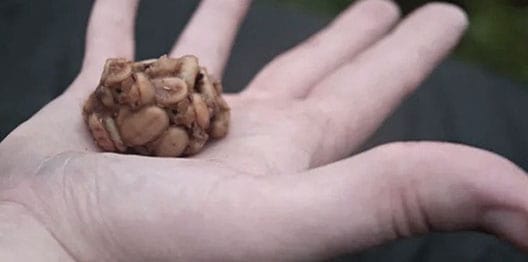
Interesting, right?
Is Kopi Luwak safe to drink?
Despite its somewhat strange origin, as it is also jokingly called “cat poo” coffee, it is safe to consume.
Kopi Luwak beans are thoroughly washed and disinfected after collection, and the 370°F+ roasting process ensures complete sterilization.
Poop coffee? What does Kopi Luwak actually taste like?
This all may sound rather unappetizing initially, but it provides a distinctive, complex flavor profile that coffee connoisseurs appreciate.
Kopi Luwak has a full-bodied, yet mild flavor that seems earthy, a little musty, with hints of chocolate. Bitter substances in the coffee are split during the fermentation process, and they also contain less acid.
I’ve had Kopi Luwak on a single occasion, and it was nothing to write home about. It cost me $39 though…
Why is Kopi Luwak so expensive?
You have probably heard that this coffee is one of the most expensive in the world. The total “natural” harvest of Kopi Luwak per year varies between just 200 – 300 kilos. These are the beans collected in the wild.
Coffee farmers have started keeping Luwaks in cages and feeding them coffee cherries, which increases their farmed yield. I’ll talk more about this later.
How much does Kopi Luwak cost in 2025?
Farmed Kopi Luwak costs $50 per pound, with wild-collected Kopi Luwak reaching $600 per pound. If you can find it in a cafe, the price of a cup of farmed Kopi Luwak will be around The price of a single cup of kopi luwak coffee is around $35a, with the wild variety costing about $100.
So yes, you probably won’t make Kopi Luwak your regular morning cup of coffee…
Is Kopi Luwak worth the price?
Well, if you are comparing it to a generally good quality coffee, I would have to say no, it’s not worth 10x the price.
It is not 10x better.
Should you try it if you have a chance?
Yes, you should definitely add it to your bucket list (as Jack Nicholson did in his movie) and try it if you get a chance. Drinking a cup of Kopi Luwak is a special treat, which is what life is all about.
The disturbing truth behind some Kopi Luwak farms
Because coffee farmers can sell it at high prices, they looked for a way to get more Kopi Luwak beans.
They started keeping the civet cats in cramped cages where they were exclusively fed coffee cherries even though the natural diet of wild civets includes other fruits, insects, and small reptiles.
On such farms, they live in captivity under malnutrition and unsanitary conditions. This is clearly animal cruelty, and it is disturbing.
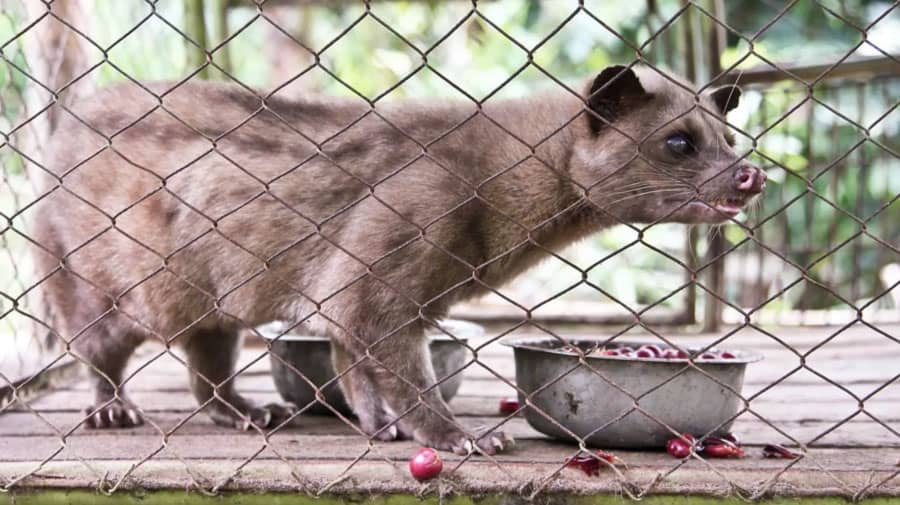
It also has a negative effect on the taste of the coffee since the animal is not kept on a proper diet.
Some farmers have advanced and commenced organic cultivation. They build extra enclosures on their coffee plantation where the animals can run around freely, eat the ripest coffee cherries as they would in the wild, and find the other food sources that they would otherwise find in their natural environment.
If you are looking for Kopi Luwak, keep the above in mind and ensure your beans are from wild civets or sustainably sourced farms.
Other coffee beans “made” by animals
As you already know, the brand name Kopi Luwak can only be used by 3 Indonesian islands.
But other locations have created their own unique blend of animal-fermented coffee beans:
- Kape Alamid: Civet cat coffee from the mountains of southern Mindanao in the Philippines is sold under the name Kape Alamid or Phillippine Civet coffee.
- Black Ivory: In Thailand, people do not rely on civets, but on much larger animals: elephants. The “huge” advantage is, of course, that elephants eat and poop much more than small civet cats, making for larger harvests. The elephants are fed with Thai Arabica coffee beans growing in the mountains, and the coffee made from them finds its way into the specialty cafés under the name Black Ivory.
- Satipo: In Peru, a very high-quality coffee brand is made with the help of the Peruvian coatis. Coffee experts more knowledgeable than me say that Satipo is the absolute best in the world. It is also very, with prices reaching more than $200 per pound.
- Monkey Parchment: The coffee cherries have been chewed up and spat out by Rhesus monkeys in the distant jungles of India. This is presently the most expensive coffee in the world.
I have not had these coffees yet, so I can’t comment on their taste.
So, what do you think of Civet Cat coffee? Would you try it?
Let me know in a comment!

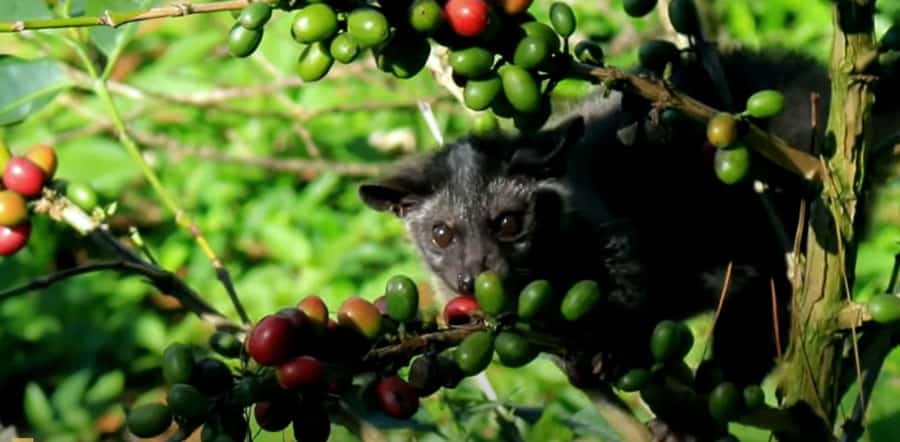


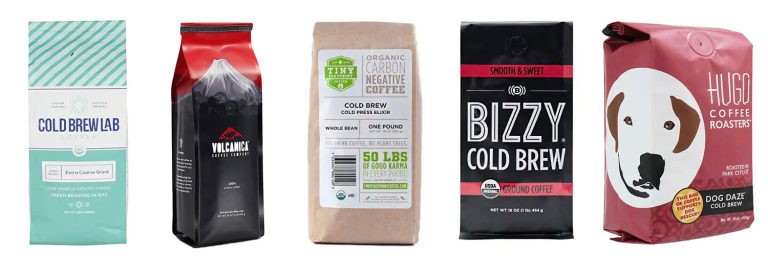




As an animal rights supporter, I’m troubled by the disturbing truth section regarding Kopi Luwak farms. Your article outlines the issues but could you clarify if there are any ethical brands that ensure the welfare of the civet cats? It would be useful for readers who are concerned about animal welfare.
I’ve experienced many coffee cultures around the globe, and your breakdown of this coffee’s origin is spot on. I’ve even witnessed the collection process firsthand in Sumatra. It’s definitely an ethical conundrum, yet the taste is undeniably distinct. Fellow readers, if you find yourselves in Southeast Asia, observe the practices before you buy—it’s a complex issue worth considering.
Having read this piece, I’m left with a question, perhaps someone can provide insight: what happens to the profitability of regular coffee farms in the areas famous for producing Kopi Luwak? It must be a huge competition for farmers not involved in the Luwak business.
I’ve always been a bit skeptical about trying Kopi Luwak due to the unique production process, but this article helped me understand how rigorous the cleaning and roasting procedures are. Thanks to Tom for such a detailed explanation—I now feel reassured about the safety of drinking it. Might just splurge on a cup now 😉
I actually had the chance to try Kopi Luwak last year while vacationing in Bali, and it was a remarkable experience. The flavor truly is smoother, and I found the taste to be quite unique. Having read your article, I now appreciate even more the traditional methods behind its production. Thanks for sharing such fascinating insights Tom.
Curious reader here. The article mentioned that the taste of Kopi Luwak is affected by the fermentation process during digestion. How significant is the difference in taste compared to regular coffee? I’m wondering whether it’s just subtle or really something out of the ordinary.
I think you can really taste that it’s different, even if you’re not used to tasting coffee at cuppings 🙂